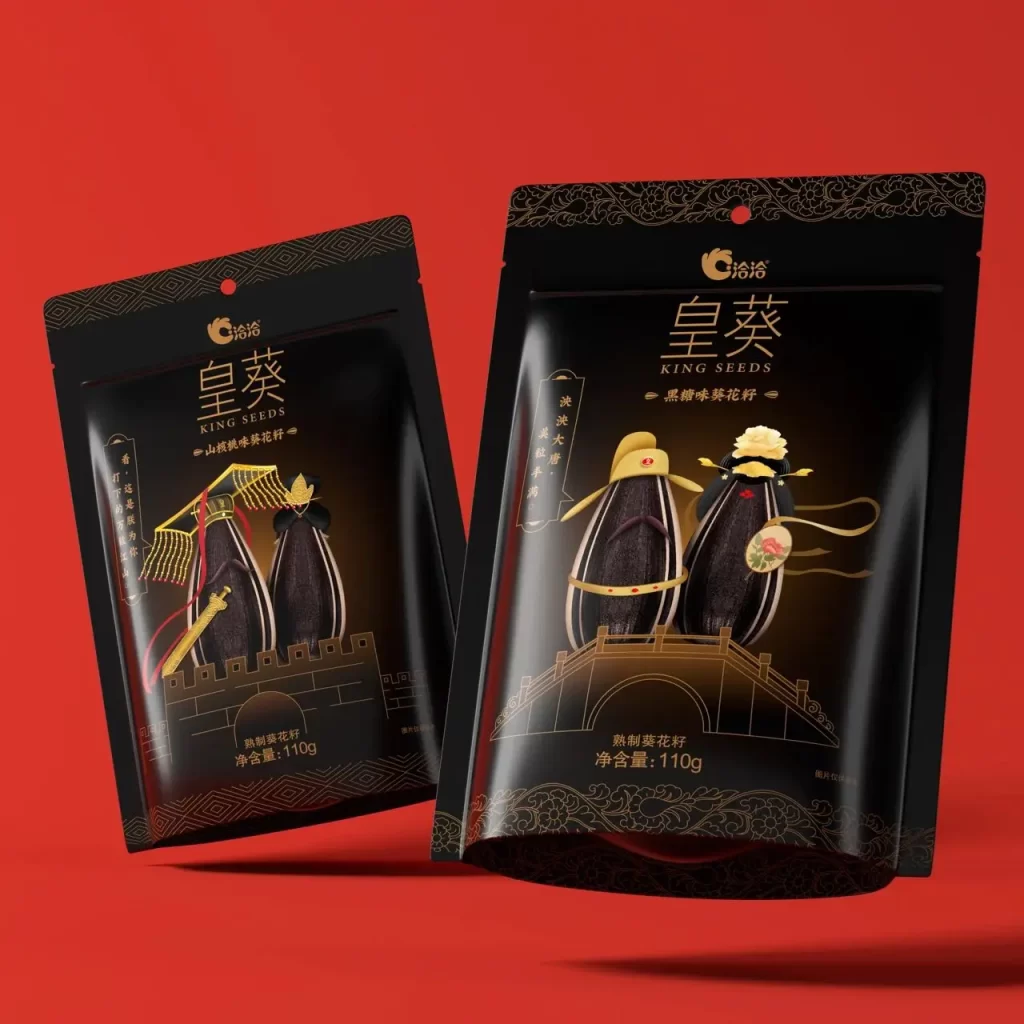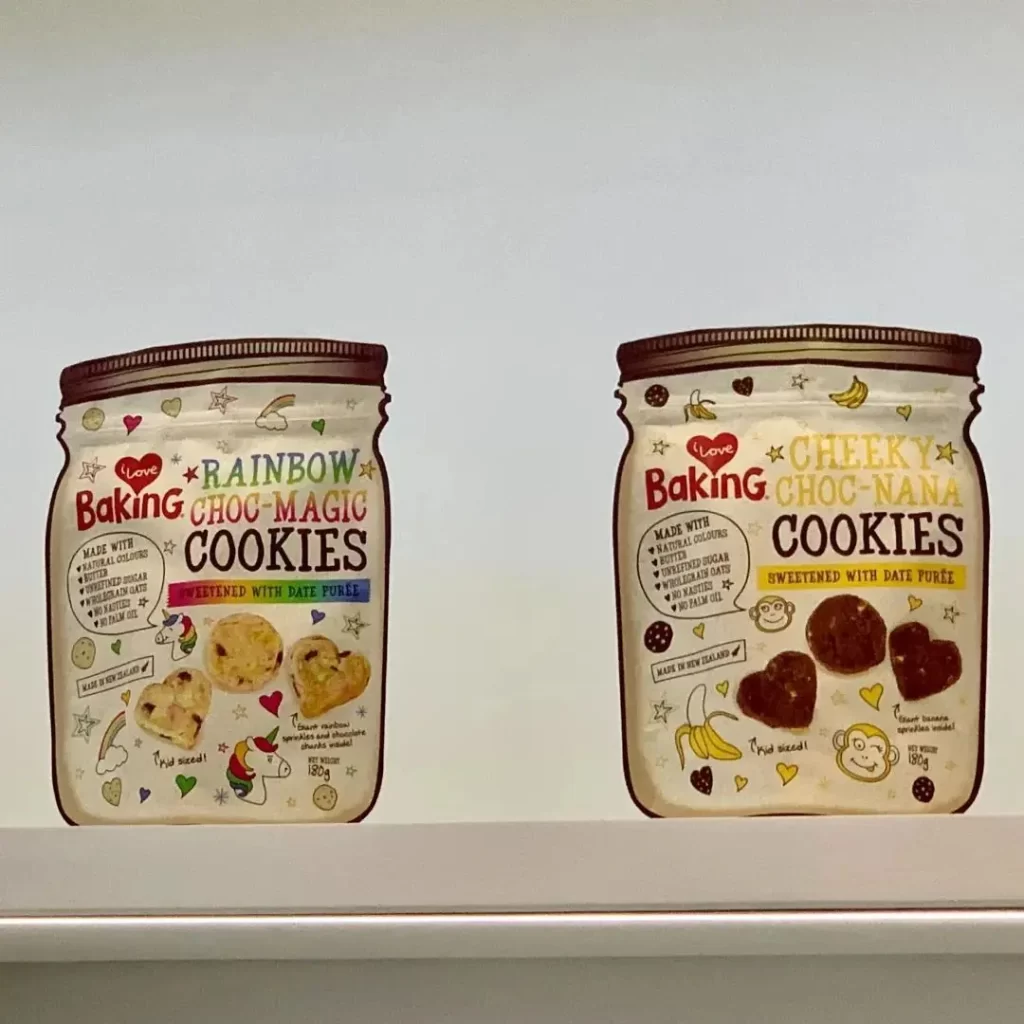In the realm of packaging, flexible packaging has long been considered an excellent way for companies to make a lasting impression. Since the 1950s, flexible packaging has driven industry innovations, providing businesses with a cost-effective and customizable alternative to rigid packaging. But what makes flexible packaging so impressive, and how will it continue to evolve and innovate?
There are three key insights that solidify why flexible packaging is and will remain a top-quality packaging solution:
1.Smart Solutions in the E-commerce World:
In today’s digital era, the “unboxing” experience is a unique and predictable consumer interaction with packaging. Unboxing revolves around visuals, sounds, touch, and sometimes even smell, creating a sense of brand value for customers. When executed successfully, it can enhance customer loyalty. Through the use of digital printing on flexible packaging, companies can utilize the inside of boxes to provide a richer brand experience to consumers. By adding company or product logos, QR codes, or promotional information, customized flexible packaging can issue compelling calls to action, guiding consumers to the company’s website, social channels, or product promotion platforms, thereby increasing consumer engagement with the brand.
But how can companies ensure that returning customers find the unboxing experience satisfying and exciting? Flexible packaging enables companies to engage easily and cost-effectively in personalized digital printing, ensuring that each unboxing experience is fresh for consumers. Making subtle modifications to packaging guarantees that the consumer’s experience is consistently novel and allows for an evolving “dialogue” between the purchaser and the brand.
When searching for a flexible packaging partner, companies should seek experts who can provide packaging design and specialized knowledge, spanning everything from raw material procurement to production. When a company can offer end-to-end packaging consultancy, they can collaborate with brands to design packaging that narrates the brand’s story in a distinctive and impactful manner.

2.Impressive Packaging
Undoubtedly, e-commerce has become a cornerstone of more people’s lives. While rigid packaging has been the preferred choice for transportation due to its durability, flexible packaging is emerging as a viable alternative for certain companies. Unlike the structural nature of rigid packaging, flexible packaging focuses on absorbing shocks and impacts, thereby safeguarding the contents inside. In fact, whether it’s a mailing pouch or a tote bag, flexible packaging can replace cardboard boxes for packaging fragile items such as books, clothing, and pharmaceuticals. Flexible packaging is not only more cost-effective to manufacture but also occupies less shipping space, which can maximize transportation efficiency. This, in turn, reduces costs and enhances brand value by allowing brands to transport more products simultaneously.

3.The Future of Smart Sustainability
As brands face increasing pressure from consumers, they need to establish, maintain, and expand sustainable business practices, and packaging is undergoing the same scrutiny. There are alternative materials for packaging, which not only possess sustainability but also appeal to consumers, making them a great choice for brands looking to adopt more sustainable business practices.
The packaging industry has invested in technology to reduce the materials required for accommodating and securing goods. Through proper stacking and loading, manufacturers can use thinner yet equally durable plastics to ensure the safety of materials. Therefore, once discarded, it takes up less space and reduces waste. This process is known as downgauging, signifying manufacturers’ commitment to continually evolving industry practices and improving them wherever possible.
Many environmental advancements are driven by specific industry demands. One of Veritiv’s customers, a bakery and snack food distributor, sought Veritiv to produce packaging that is compostable and renewable by 33%. Veritiv designed a nine-color printed bag using 100% natural starch-based products and soy-based inks, which reduced labor costs. Consumers are increasingly concerned about the environment, and they will continue to support companies that echo these values. Transitioning to compostable bags helps build loyalty within the existing customer base and attracts new customers. At Veritiv, we consistently see that a brand’s commitment to sustainability brings not only environmental benefits but also economic advantages.

For companies seeking impactful, portable, and responsible packaging solutions, flexible packaging remains one of the most dynamic choices. It indeed helps companies create a better first impression and continues to satisfy consumers worldwide. As the industry evolves, the expectation is for flexible packaging to remain at the forefront of driving innovation and progress in the packaging field.
Post time: 09-20-2023

